Discover Our Majors: Fashion and Textile Design
In the fashion and textile design program at the Wilson College of Textiles, Neely Mallik is unlocking her talents as a creator and building a portfolio of experiences to prepare herself for career success.
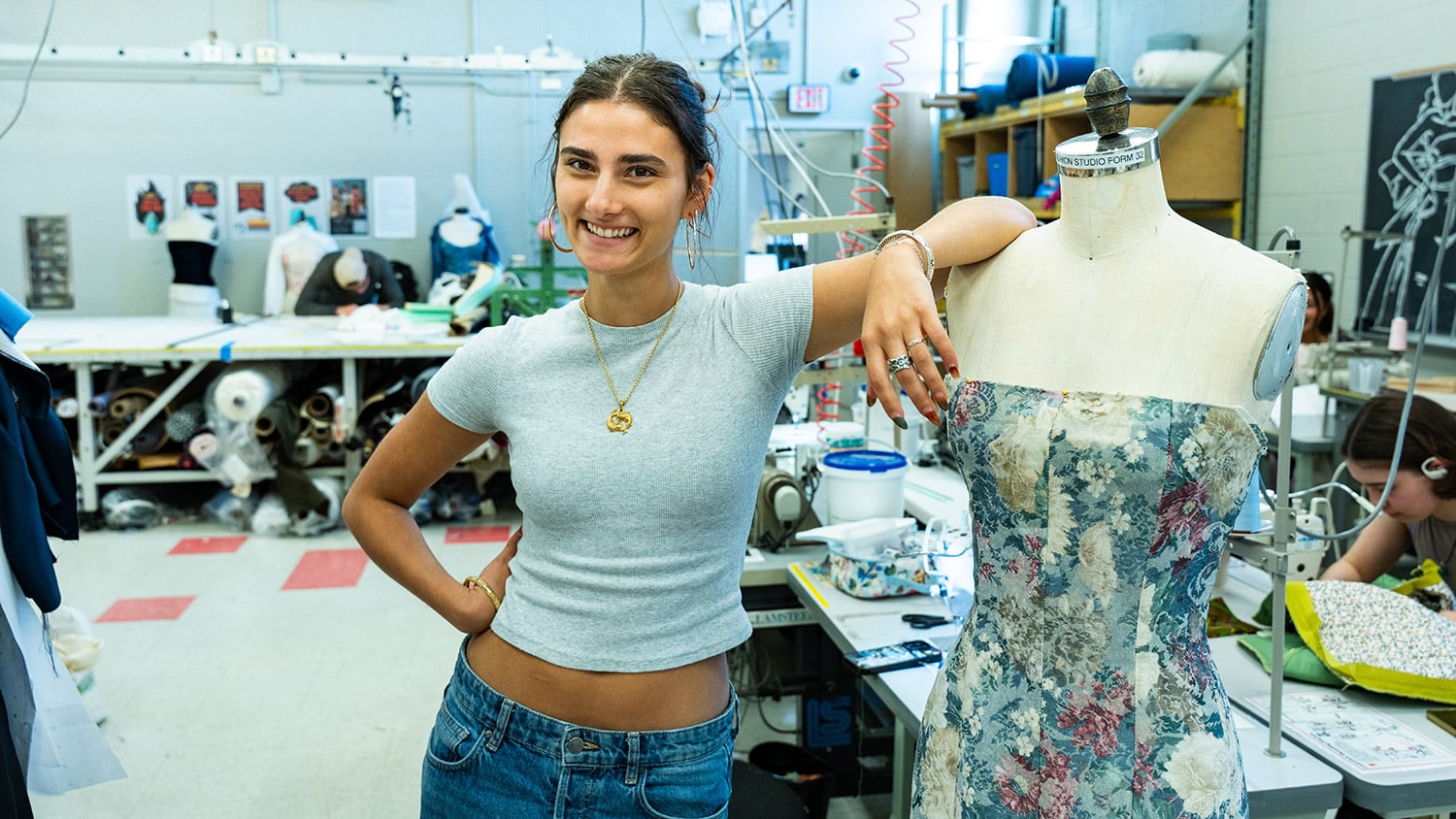
Neely Mallik grew up in the Triangle with the Wolfpack close to her heart. As the daughter of two NC State alums, attending the university always seemed like a natural fit. But it wasn’t until she took part in the Summer Textile Exploration Program (STEP) at the Wilson College of Textiles that she found the major that pulled her in: fashion and textile design (FTD).
“I saw the studios and I thought, ‘Wow, I can’t believe my college classes can be like this, where I can constantly be creating,’” said Mallik. “It just hadn’t registered that this could be my education, that making things could be more than just a hobby. I was like, ‘Yeah, I definitely want to do this.’”
Convinced by her STEP experience to apply for the FTD program, Mallik spent the early part of her senior year teaching herself to sew and creating garments for her application portfolio. Her hard work paid off. She wasn’t just accepted — she earned one of Wilson College’s prestigious Centennial Scholarships.
A Major for Hands-on Learners
FTD students spend their first year learning the fundamentals of designing and creating fabrics and finished garments. Mallik, now in her second year, is unleashing her growing knowledge and relishing the creative freedom her major provides.
“The classes are extremely hands-on,” said Mallik. “Right now, for our final project, we’re sewing an entire collection as if we’re collaborating with a famous designer. And basically, you can do whatever you want. Obviously, we have guidelines, but we’re really just building our own portfolio as we work on this project.”
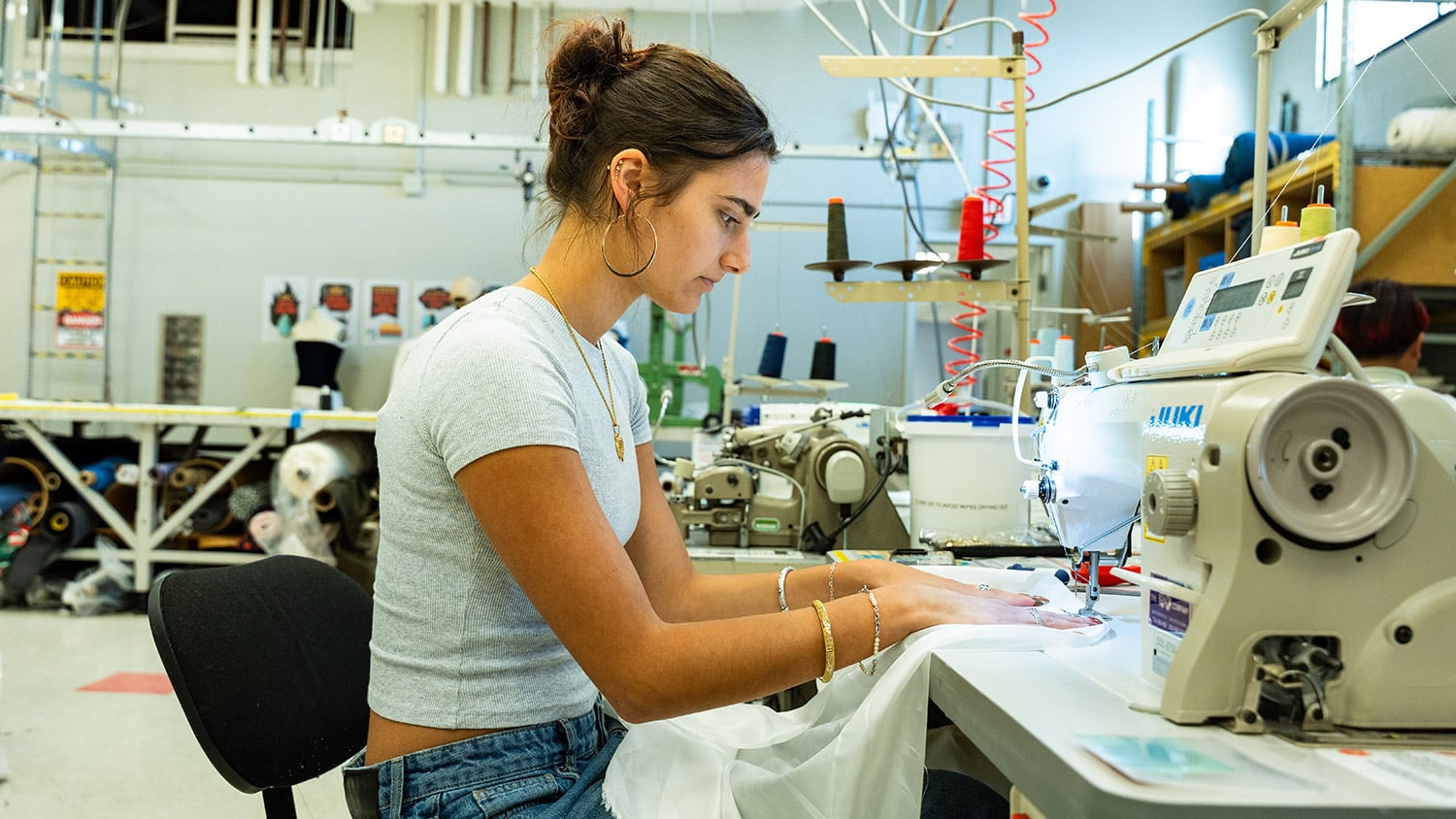
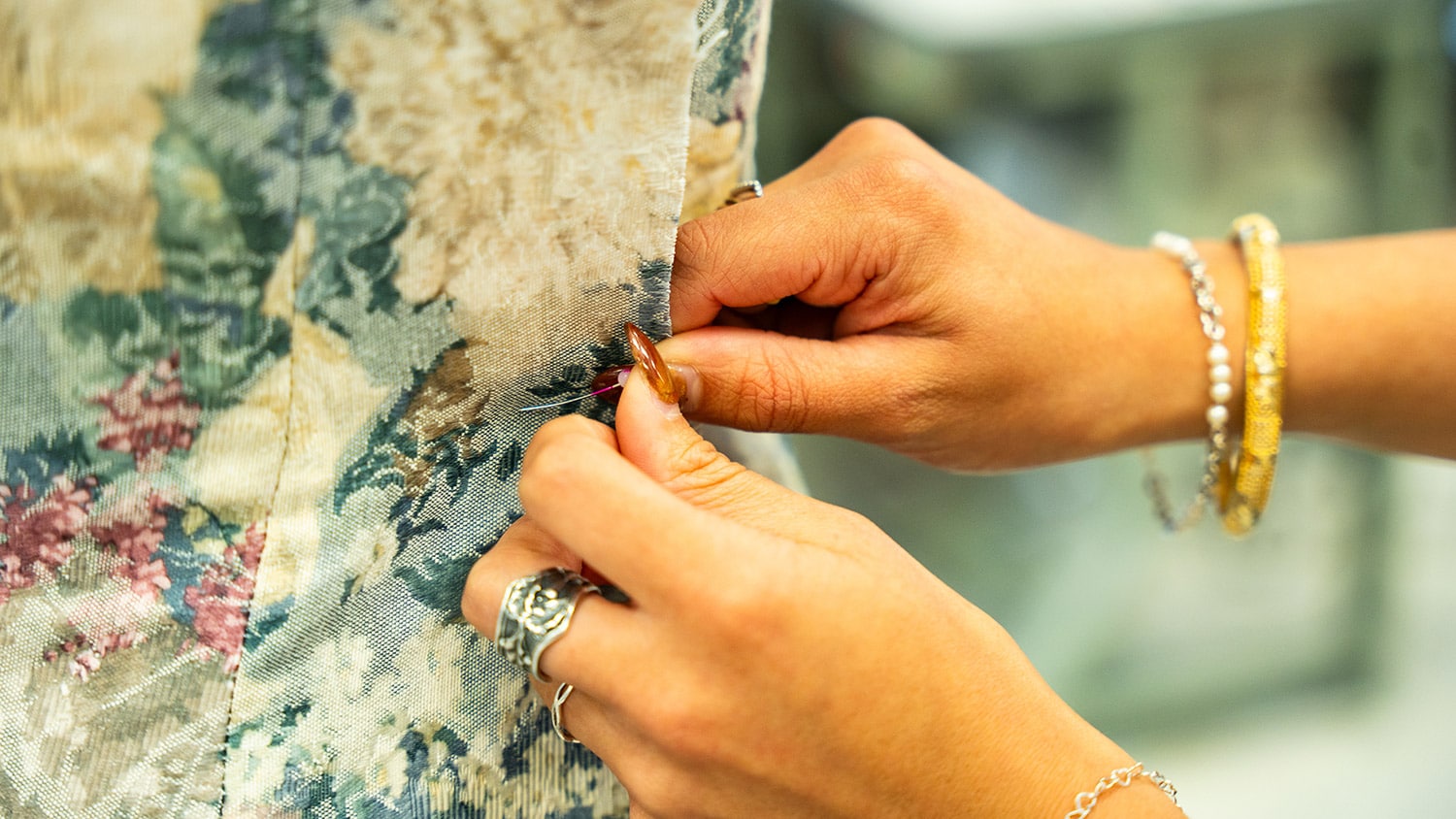
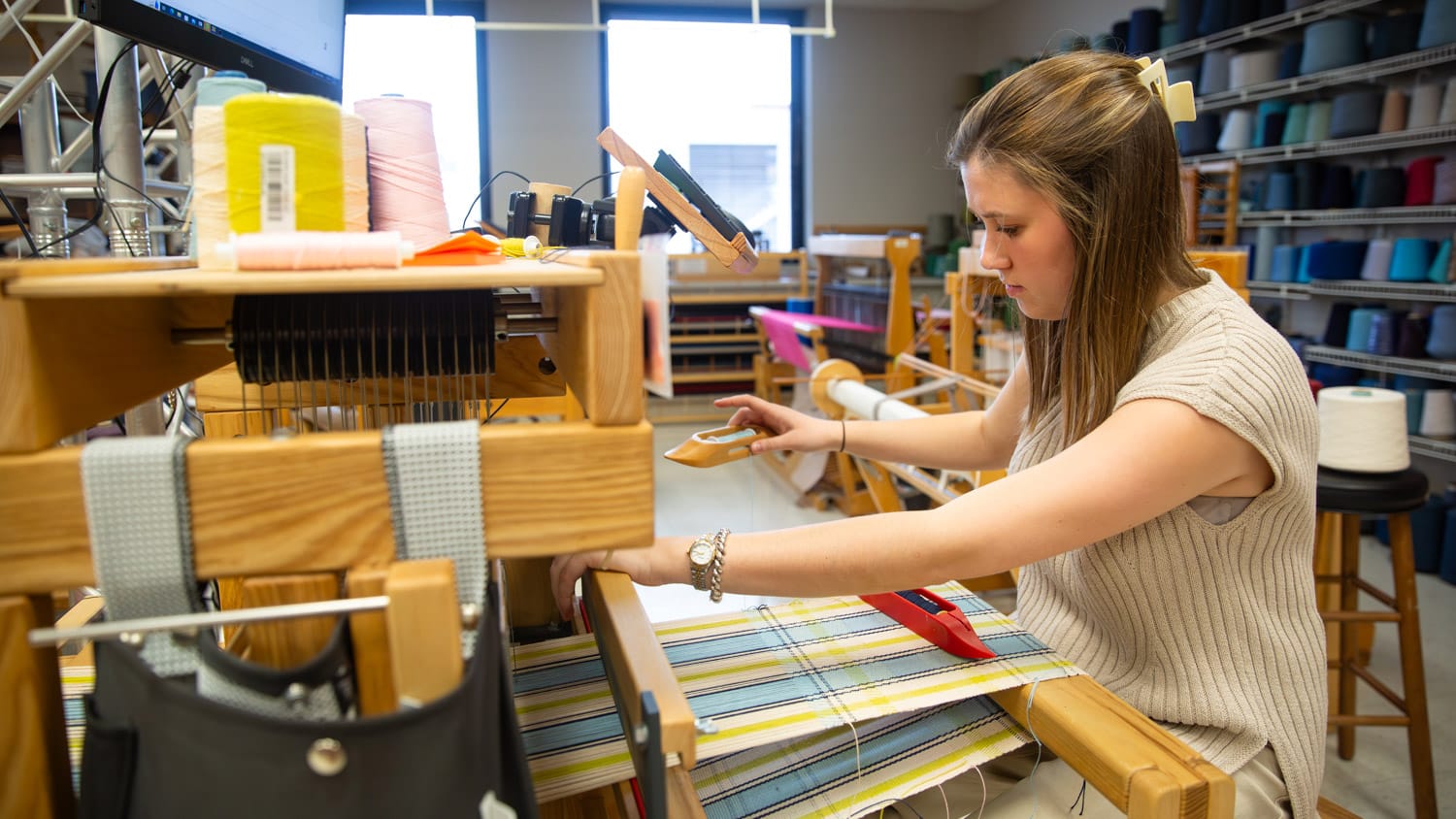
A typical weekday revolves around the studio, where Mallik is currently learning to master computer-aided design (CAD) programs that streamline textile creation. These software programs enable designers to create virtual patterns, fit them onto 3D avatars, then laser-cut fabric to produce garments that match the measurements of the digital model.
“Pattern-making can be the most time-consuming part of designing,” said Mallik. “There’s a learning curve with these CAD programs, but once you get the hang of it, it’s a lot more convenient and sustainable than having to make every prototype out of fabric.”
The classes are extremely hands-on . . . we’re really just building our own portfolio as we work on this project.
Mallik is spending the rest of the semester working to complete her final project, a collection of four garments based on the aesthetics of her chosen designer, Valentino — the Italian fashion icon. She’s excited to show off her work at the FTD: Emerging Designers Showcase planned for the semester’s end, where parents, friends and professionals from the fashion industry will be in attendance.
A Close-Knit Creative Community
Inside and outside the studio, Mallik draws support from the people she’s surrounded by in the FTD program — both her professors and her peers. There are only about 25 students in her FTD cohort, and only 16 members of the cohort in her specific concentration, fashion design.
“We literally have every single class together,” said Mallik. “I actually live with two other girls from my major. We all met in the STEP program as rising seniors. And now they’re genuinely my best friends. And because there are so few of us in our major, we’re also really close with most of our professors.”
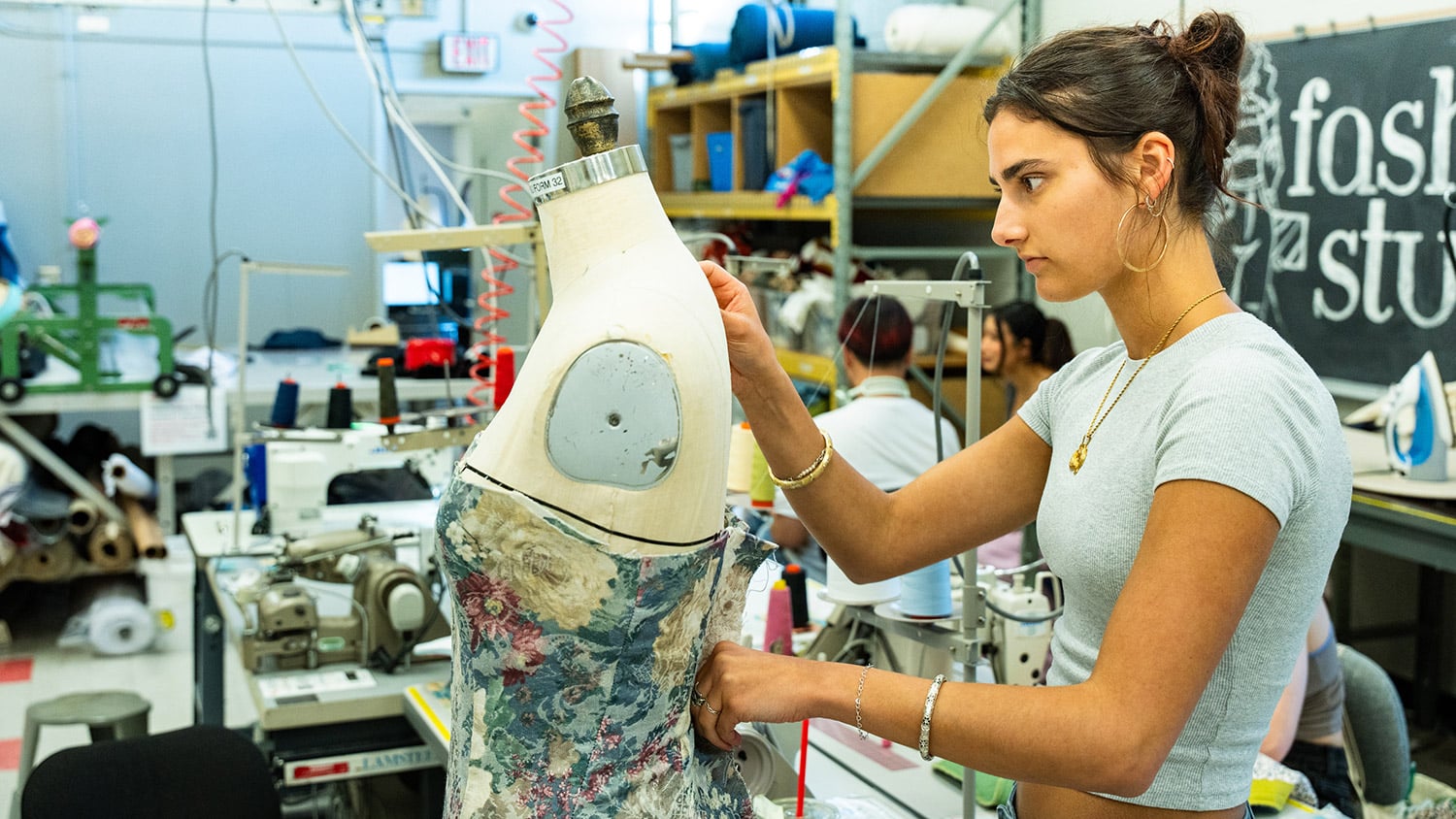
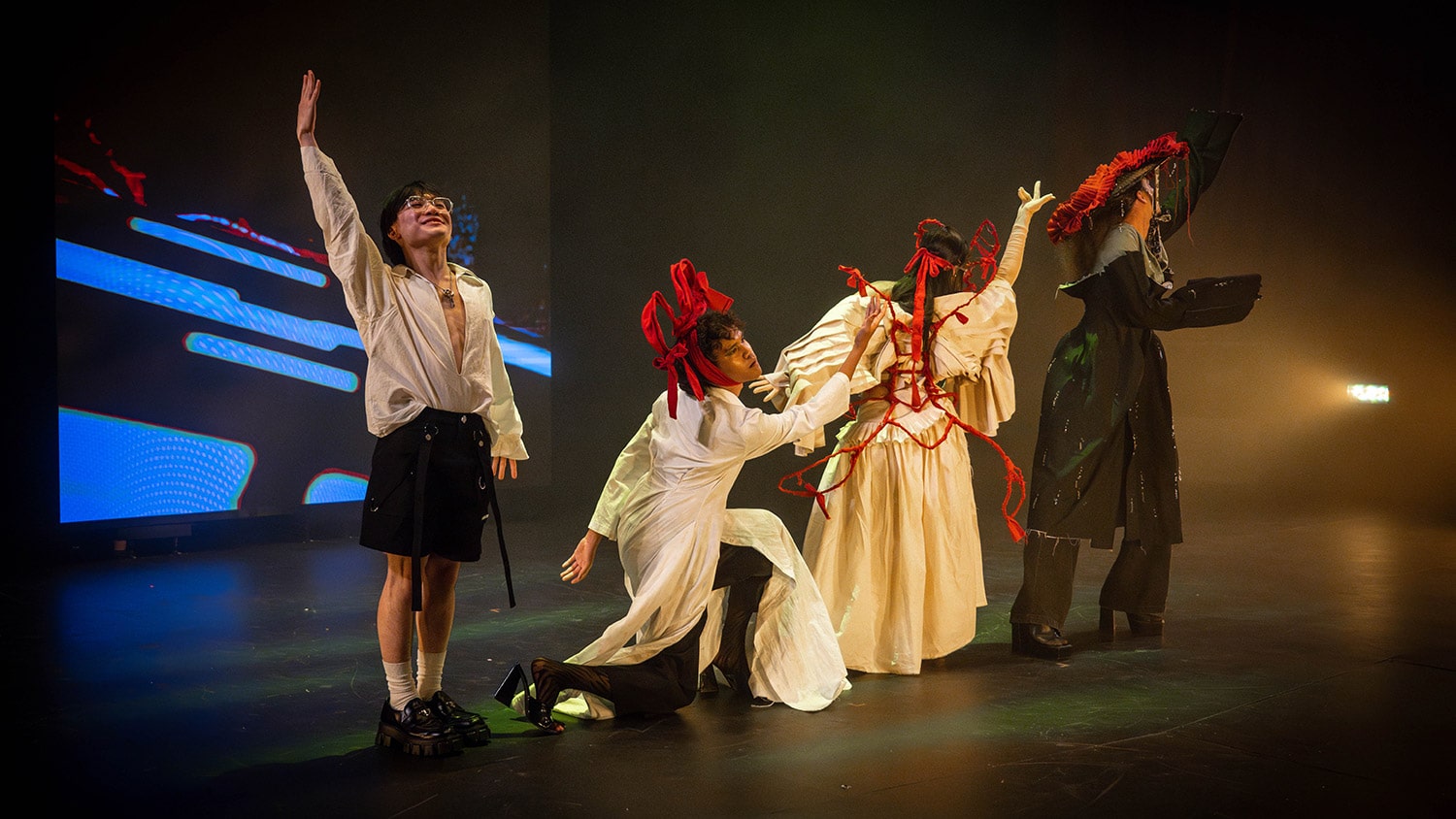
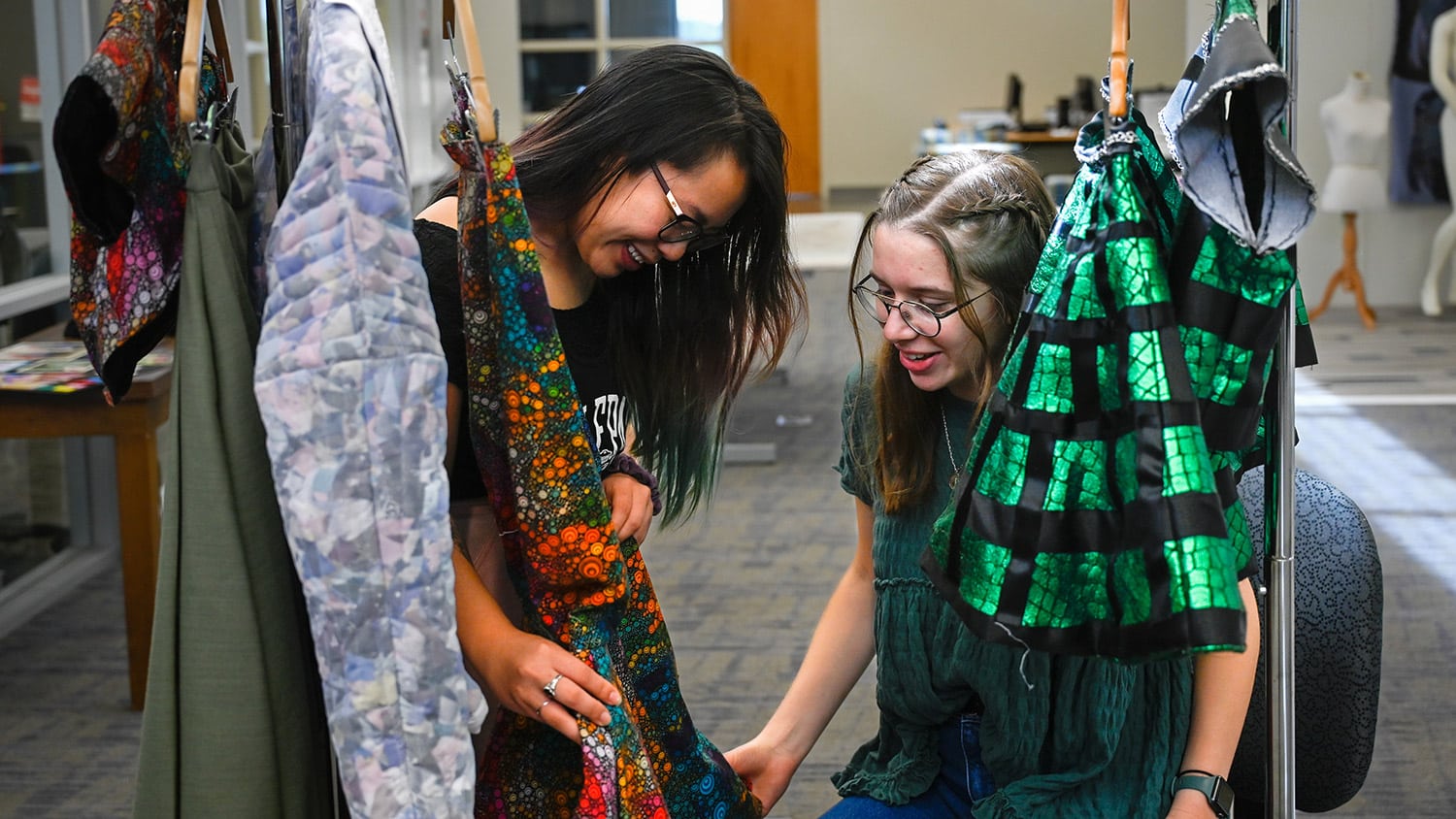
Mallik and almost all of her classmates in her concentration have chosen, together, to spend studio time designing their own collections for an upcoming fashion show being organized by the African American Textile Society.
We enjoy that time together, and at the end of the year, we’ll have two entire collections for our portfolios.
“It’s kind of crazy of us because we’re spending so much time in the studio, on top of our normal classwork,” said Mallik. “But we enjoy that time together, and at the end of the year, we’ll have two entire collections for our portfolios.”
As a journalism minor, Mallik is part of the writing and editing team at Platform magazine — a student-led fashion and culture magazine — and she’s employed as a student creator for University Communications and Marketing’s social media hub. She believes the opportunities she’s pursuing at NC State are preparing her to thrive, wherever she goes after graduation.
“Having design expertise and knowing how things are made is something that will only help me if I decide to write or report on fashion,” said Mallik. “But I’m just going to continue gaining experience in both fashion and journalism throughout college, then find the best opportunity for me going out of it.”
- Categories:


